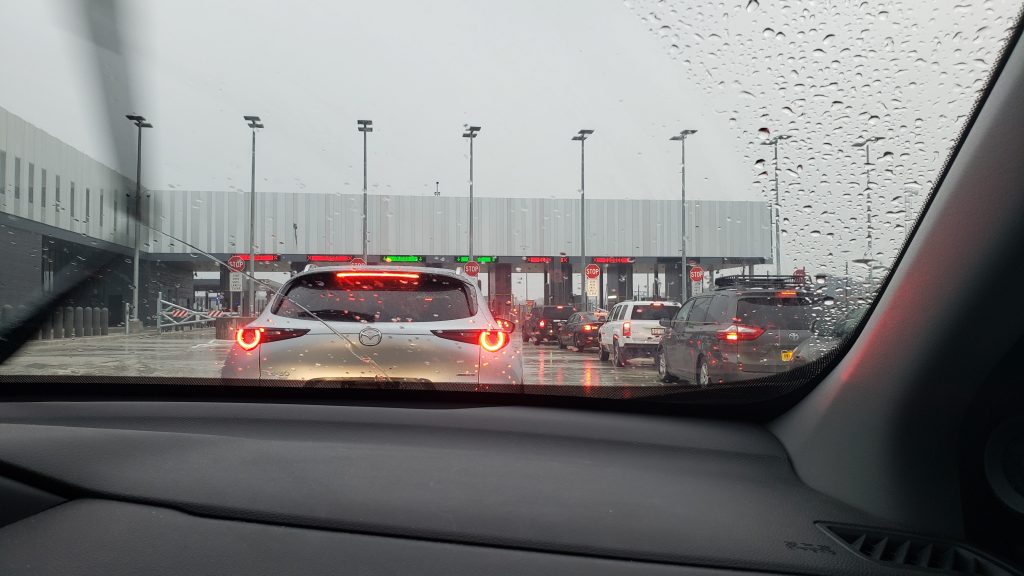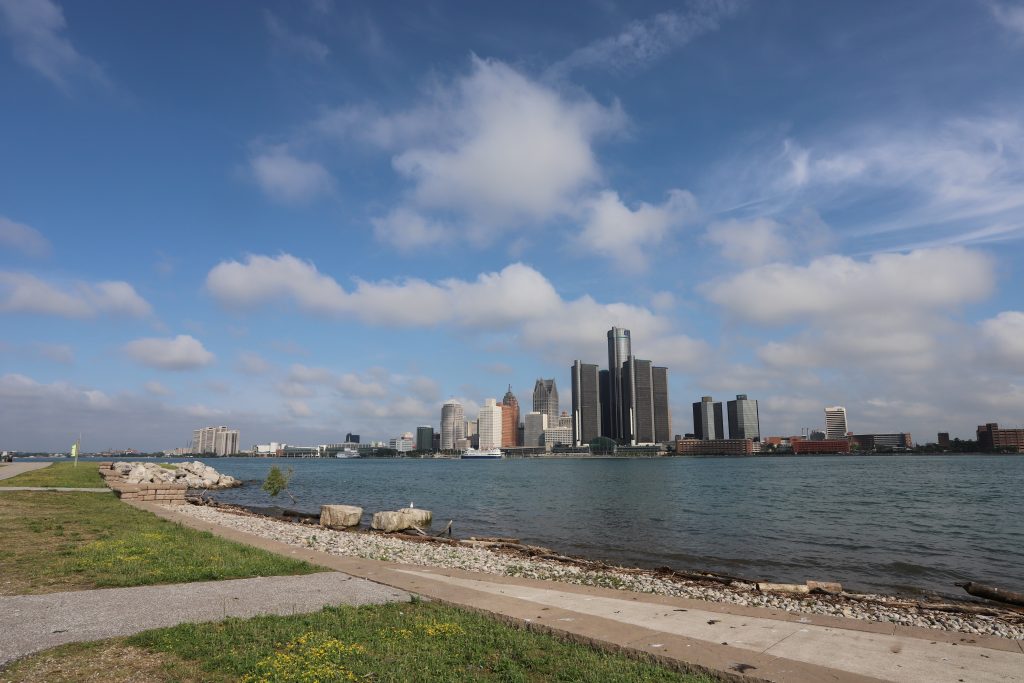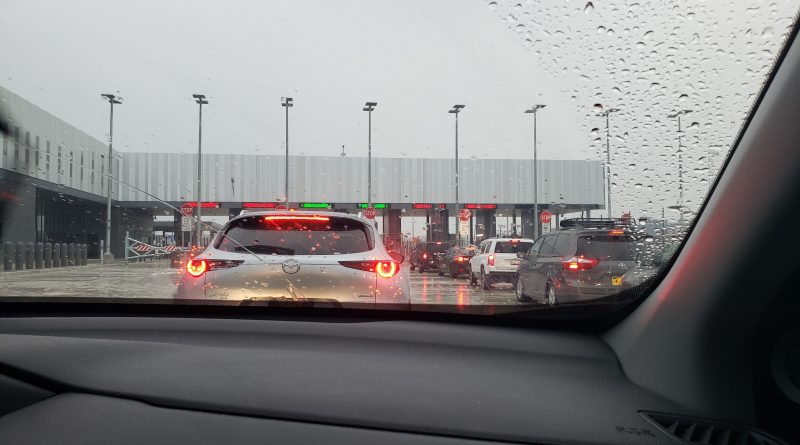Biden’s Other Border Crisis: The US Canadian Border
If you follow right wing media at all– I do, mostly for opposition research- you’ll note that it’s become little more than a polluted sea of “gotcha, libs!” commentaries. A perennial topic in recent months is Biden’s “border crisis.” Trump built the wall, which kept people out, they say, and now that Biden is in office, undocumented immigrants are pouring across the border in droves! This was highlighted in recent weeks with troubling images of border officers on horseback, allegedly using whips to drive back Haitian refugees trying to cross into the US. Clearly, it’s much more complicated than a blame game– at least at the southern border. But there’s a different border crisis in the oft-forgotten northern border, and that’s the closure that has dragged on for a year and a half. It’s full of weird loopholes, bizarre restrictions that no one seems to understand, and it’s something that commuters, vacationers, snowbirds and even lovebirds, are increasingly fed up with.

The backstory: The US Canadian border closed in March 2020 as the COVID19 pandemic blew up in North America. While this prevented me from getting my Monday night dinner of chicken fingers, pint of Murphy’s, and bar salad, it had only a limited, short-term impact on the flow of cross-border goods. The Windsor-Detroit economy is one of cars, car parts, and car people. Factory closures and their concomitant effects on supply chains have been a perennial topic in the past year and a half. But generally, the trucks continued to chug across the Ambassador Bridge between Detroit and Windsor, a link that accounts for a whopping quarter of all trade between the US and the Land of the Rising Maple.

The closure to most humans, on the other hand, was more stark, and fairly fractured– given the thousands of workers who cross the US-Canada border in Detroit and Windsor alone, not to mention Joe Blow going to Caesar’s or me going to the Old Vic for trivia. This sort of phantom demographic may be a bit harder to separate, given that Windsor enjoys the spending of both domestic (Canadian) and foreign (US) tourist dollars, and given the fact that cross-border workers typically hang out in the country they’re commuting to, outside of the work day. But it is tracked, and represents tens of billions of dollars in economic product. Observed the Windsor-Essex Regional Chamber of Commerce:
“[a]nnual U.S. travel spending by Canadians averaged over $16 billion. In 2019, Canadian residents made more than 20 million trips to the U.S., but Statistics Canada reports that in 2020 travel plummeted to 4.2 million trips.”
In Windsor, the Chamber has pushed repeatedly for reopening the border. Unsurprisingly, the Detroit Regional Chamber is less vocal on the matter, being more focused, one might imagine, on cars, or something. But Sandy Baruah, the former Jeb Bush co-conspirator who now heads up the DRC, did sign onto the Windsor-Essex chamber’s statement, which was issued in July.
Is cross-border COVID an issue? Canada notably has a COVID infection rate of about one third of that of the United States. But with such a large number of daily commuters working in healthcare– usually Canadians working in Detroit– this suggests that, though vaccinated, they’d already probably be at a higher risk for COVID. But it’s almost like the healthcare systems have thought of this, hence why hospital systems do routine testing and have mandated vaccination. Adding duly vaccinated non-business visitors doesn’t seem terribly onerous.
In the meantime, if you want to cross, you have to download the ArriveCAN app and put in a hundred thousand lines of information. It’s well-designed, but it’s not flexible– it’s set up to process travelers who, the questions suggest, will remain in Canada. It’s relatively seamless. Until, as my partner and I found out when we drove through Ontario to shave an hour and some off the trip to upstate New York, you get daily phone calls from the government of Canada asking if you are properly quarantining yourself. As they say, woof.
Coming back into the states is, of course, a breeze, as always. It’s almost like there are weird standards here– that aren’t quite aligned properly. It’s anyone’s guess as to when it might actually change, but hopefully soon. Chicken fingers– and the spirit of international coöperation between our great nations- await.
We reached out to the Detroit Regional Chamber to ask about why the issue was only minimally visible on their website and media materials, and a spokesperson responded by pointing us to the joint statement issued by the DRC and the Windsor-Essex chamber, which appears to be the only reference on the DRC website as well (though it’s not terribly visible).



